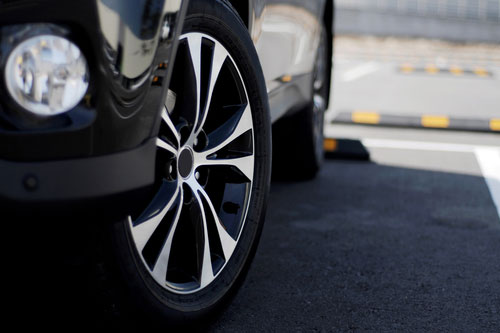 Your vehicle is a well-oiled machine — literally. With so many moving parts in such a small space, you quickly realize when something is off or not working correctly. Wheel alignment included.
Your vehicle is a well-oiled machine — literally. With so many moving parts in such a small space, you quickly realize when something is off or not working correctly. Wheel alignment included.
But, what is tire alignment? What causes your car to fall out of alignment? And how can you tell is your wheel alignment is off?
What is Tire or Wheel Alignment?
When speaking of alignment, we are referring to your vehicle’s suspension, not the actual tires or wheels. Your suspension connects the body of your car to the four wheels and helps protect the frame from massive hits, like potholes or bumps.
When you visit your local auto shop, and they realign your wheels, they are adjusting the angles of your tires to make the best contact with the road. Unaligned tires cannot grip the road as well and could potentially damage your suspension system if left unchecked for too long.
The Angles of Tire Alignments
When checking the alignment, mechanics and auto shops take note of three aspects: toe, camber, and caster. Each can knock your vehicle out of alignment, and each offers their own set of challenges.
Toe
We aren’t referring to the ten on your feet.
Toe-in or tow-out alignment refers to the direction your tires point. Towards the middle of the car (toe-in) or positions outwards (toe-out). Confused?
Look down at your feet. Imagine your toes are the front of your wheels. Point your toes inward to reference toe-in alignment and point them out to recreate toe-out alignment. Now try to walk. Doesn’t work as well, does it?
The same can be said about a vehicle driving with a toe-in or tow-out alignment. Eventually, if you drive long enough, it’s not just your car’s alignment that will have issues — your suspension and axel will go as well.
Camber
If you were to sit on the ground in front of your vehicle and look at your tires head-on, do you notice any tilt?
This tilt is known as your tire’s camber. Ideally, the camber is neutral. Positive (outward tilt) or negative (inward tiled) indicates a car out of alignment that needs immediate adjustment. If left too long, positive or negative camber results in worn ball joints and bearings along with other suspension issues.
Caster
The caster angle affects steering and stability, with a positive or negative caster angle negatively impacting your ability to drive your car.
To check your caster angle, stand next to your tire and look inward, locating the steering axis. Positive caster means your steering axis points towards the driver while negative caster implies the steering axis points towards the front bumper.
Common Causes of Alignment Issues
Alignment issues are caused by many things, some of them avoidable while others are just the facts of the road.
Impacts
One of the most common causes of wheel alignment issues? Impacts. For instance, all of these can knock your vehicle out of alignment:
- Driving Over a Curve
- Going Too Fast Over Speed Bumps
- Fender Benders
- Pot Holes
- Rough Roads/Off-Roading
While not all avoidable, its a good rule of thumb to avoid potholes and bumps when safely possible. However, driving over a single speed bump a little too quickly does not automatically mean your car is out of alignment. The bigger the force, the higher the likelihood something goes wrong with your alignment.
Improper Tire Inflation
Not as noticeable as impacts, but entirely preventable. Driving on improperly, under-inflated or overinflated tires causes misalignment.
Worn Parts
The more you drive, the more worn your car parts become — it’s a natural, unavoidable process.
For example, as suspension springs wear they stop lining up correctly, causing your wheels to fall out of alignment.
While not preventable, scheduling regular services and inspections will allow for deteriorating parts to be replaced before wreaking havoc on your system.
4 Common Signs Your Wheel Alignment is Off
When your wheels are misaligned, there are often signs if you know where to look and what to look for.
1. Steering Wheel Vibrations
While possibly a result of an unbalanced tire, if you notice your steering wheel trembling or vibrating, take your vehicle in.
2. Crooked Steering Wheel
When parked, your steering wheel should always be positioned in the center. Misaligned wheels, especially with positive or negative caster, knock your steering wheel off-center.
3. Uneven Tire Wear
A vehicle out of alignment often leads to uneven tire wear — especially in cars with misaligned camber or toe angles.
4. Vehicle Pulls
Whether slight or severe, a vehicle that pulls in one direction isn’t just an annoyance, it’s hazardous.
Luckily, there is a simple way to check your vehicle’s pull. Visit an empty parking lot and when driving slowly, let go of the wheel. If your car starts to veer from a straight course, it’s time to take your vehicle into your local auto shop.
Wheel alignment is what keeps you driving straight on the road with a working suspension. With common driving hazards knocking your vehicle out of alignment, it’s essential to have your mechanic check your wheel alignment when you go in for your regular maintenance. In fact, most shops recommend checking you alignment with every oil change as a little angle goes a long way when wreaking havoc.
Think your car is misaligned? Contact Northwest Auto of Houston to schedule an appointment at 281-894-8880.

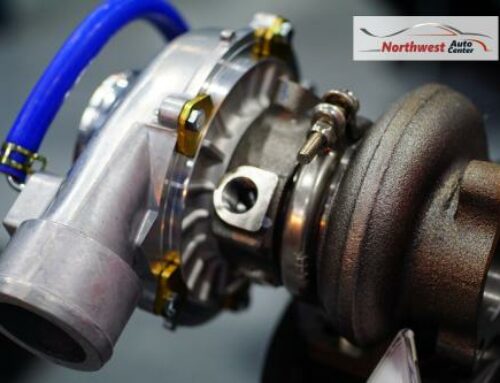

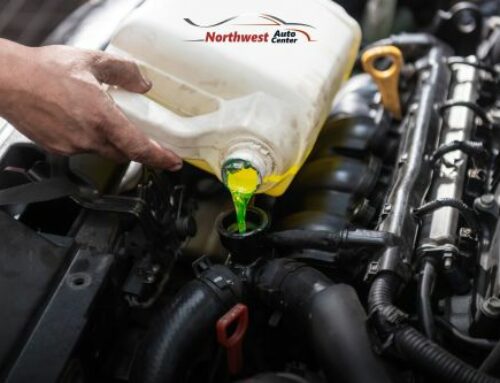
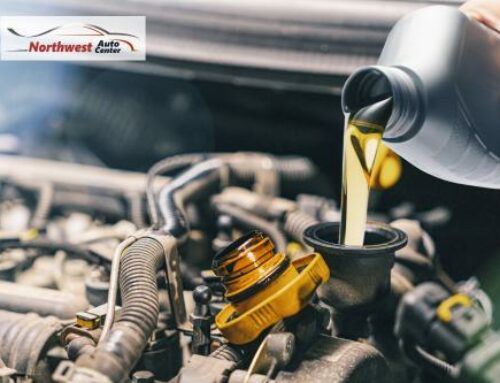
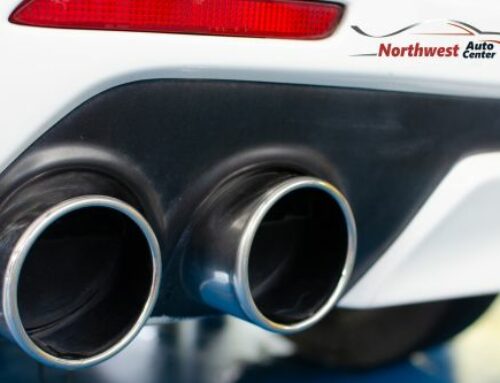
Leave A Comment
You must be logged in to post a comment.